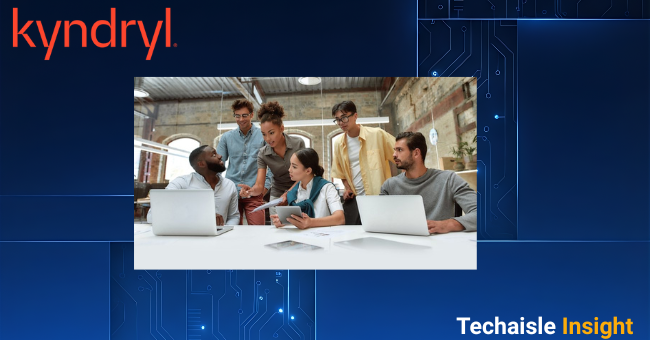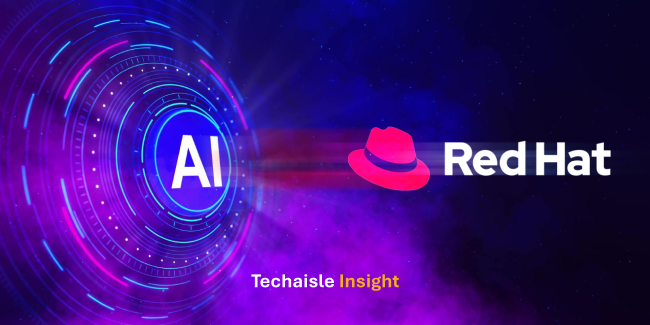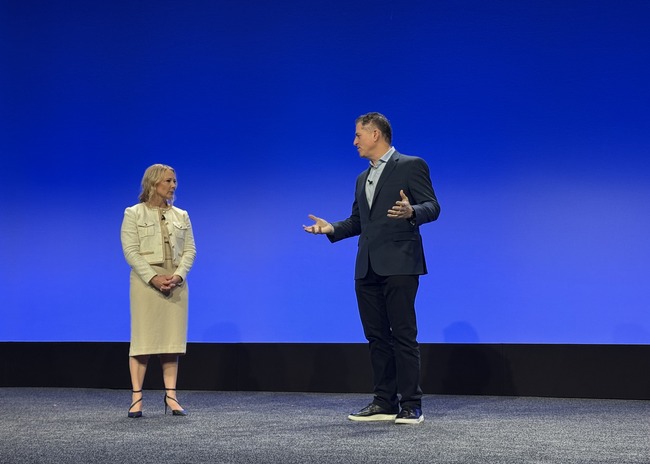As an analyst, I am trained to distinguish between strategic narrative and on-the-ground reality. I have watched Kyndryl’s journey since its spin-off with keen interest, tracking its core strategy of Alliances, Accounts, and Advanced Delivery. At its recent analyst briefing, Kyndryl provided compelling evidence that this strategy, particularly its alliance-led approach, is not just a narrative but a high-velocity revenue engine.
The company has successfully executed one of the most difficult pivots in the industry: shifting its center of gravity from a legacy infrastructure manager to an AI-first, consult-led transformation partner. The results are not trivial. Kyndryl is on a clear trajectory to grow its hyperscaler services revenue from $0.5B in FY24 to a projected $1.8B in FY26. Crucially, this shift implies a fundamental expansion in margin quality, as the company successfully breaks the linear link between revenue growth and labor intensity.
However, this success isn't just about reselling cloud services. The most profound insight from the briefing was the lynchpin for this entire pivot: the new Kyndryl Agentic AI Framework.

The Macro View: The End of Traditional Labor Arbitrage
To understand the magnitude of this pivot, we must contextualize it within the evolution of the IT services market. For two decades, the industry operated on a model of labor arbitrage—essentially engaging providers to manage legacy environments at a lower cost by shifting the work to lower-cost geographies. That model is now obsolete. The industry is undergoing a violent shift from labor-centric maintenance to IP-led modernization. "Keeping the lights on" is no longer a viable business strategy; value has migrated to "rewiring the building."














